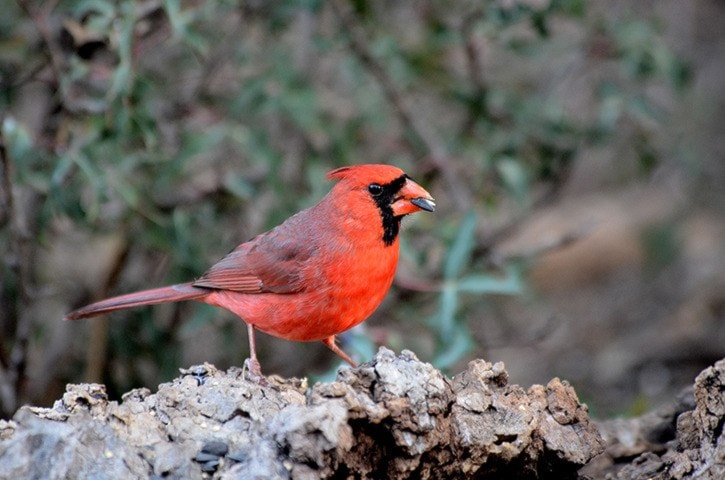Once again, Marie and I have retreated to south Texas for the winter. In addition to the warm weather and good golf, there are the birds.
The Lower Rio Grande Valley and the Gulf Coast are very bird-rich places, particularly in the winter. The RV park we stay in is located in the middle of a golf course – the course has lots of ponds and is very good birding habitat. During our first round played last week I noted 30 species without really trying (it was the golf that was trying!).
Included in the list were some northern birds here for the winter and some residents which remain here year-round. Visitors from the north included American Coot, Mourning Dove, (although some are resident), Loggerhead Shrike, Northern Shoveler, Pied-billed Grebe, Long-billed Curlew, Spotted Sandpiper, Killdeer, Lark Sparrow, Western Meadowlark and Red-tailed Hawk.
It is the southern residents that provide much more interest for birders from the north. These included Neotropic Cormorant, Anhinga, Snowy Egret, Tropical Kingbird, Golden-fronted Woodpecker, Crested Caracara, Black-bellied Whistling-Duck, Ringed Kingfisher, Vermilion Flycatcher and Least Grebe.
In addition to the round of golf, we have been birding three or four times as well. The Lower Rio Grande Valley National Wildlife Refuge system includes many separate tracts of land acquired over the years. One of these, which includes a series of salt lakes, is always a good birding location.
On one day that was a bit cool and windy, we decided some “car-birding” would be best. The temperature was actually around 15ºC, but there was a very cold north wind blowing at 30 km/h or more; we didn’t venture very far from the car!
Despite this restriction we saw over 70 species. Included were Roseate Spoonbill, Mottled Duck, Harris’s Hawk, White-tailed Hawk, White-tailed Kite, Northern Cardinal, Pyrrhuloxia, Sandhill Crane, Ash-throated Flycatcher, Olive Sparrow, Black-throated Sparrow, Northern Mockingbird, Black-necked Stilt, Laughing Gull, Green Kingfisher, Ladder-backed Woodpecker, Great Kiskadee and Black-crested Titmouse.
It has been very dry here during the last year. Many of the ponds and shallow lakes that we often visit, are completely dry this winter. This may explain the complete absence of any unusual birds from Mexico this year.
In previous years we have seen Northern Jacana, Masked Duck, Crimson-collared Grosbeak, Amazon Kingfisher, Bare-throated Tiger-Heron, Purple Gallinule, Roadside Hawk, White-throated Thrush, Rose-throated Becard, Blue Bunting and Tropical Parula.
All of these species are normally found more regularly south of the border. Only one of these species has been reported this year. Instead, Texas seems to have an abundance of northern and western strays this year.
A quick look at the Texas unusual-sightings list shows things like Varied Thrush, Red-breasted Nuthatch, White-breasted Nuthatch, Red Crossbill, Acorn Woodpecker, Rufous Hummingbird, and Flammulated Owl.
While these species are of interest to Texas birders, they aren’t particularly unusual to us. But if we’re patient, perhaps in the weeks to come something exciting will blow in from Mexico!
